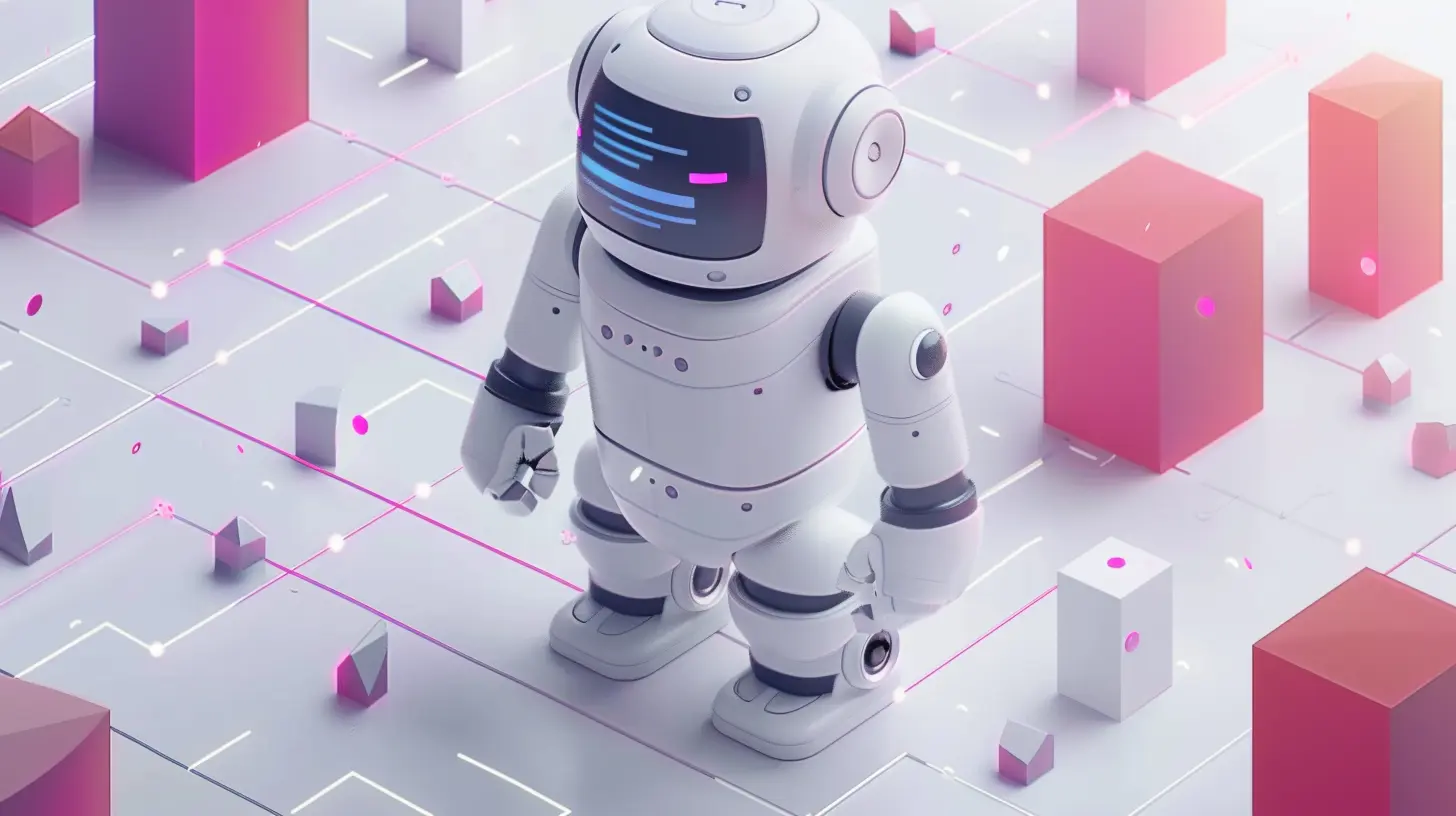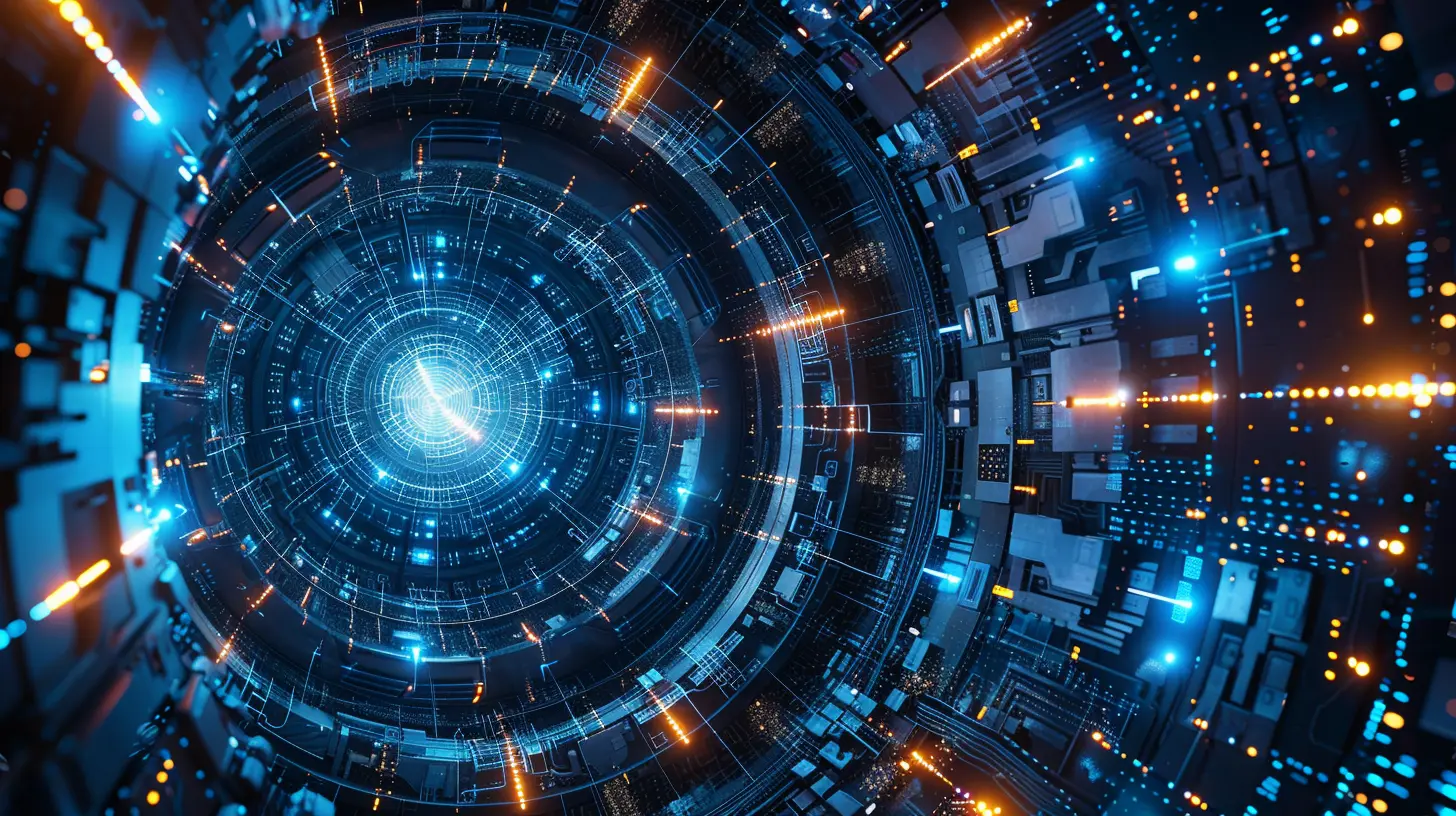19 November 2024
Predictive analytics is like having a crystal ball—except it's powered by data instead of magic. For years, businesses and industries have relied on predictive models to forecast trends, make decisions, and stay ahead of the competition. But as more data floods in from the digital world, traditional methods of prediction are starting to hit a wall. That’s where machine learning (ML) swoops in like a superhero, ready to save the day.
Machine learning isn't just improving predictive analytics; it's revolutionizing it. With its ability to learn from data and improve over time, ML is pushing predictive accuracy to unprecedented levels. In this article, we’re going to dive into how machine learning is taking predictive analytics to the next level and what that means for businesses, industries, and, well, all of us.

What is Predictive Analytics?
Before we jump into the magic of machine learning, let’s take a step back and clarify what predictive analytics actually is. In simple terms, predictive analytics involves using historical data to make predictions about future events. It's like making an educated guess, but with data to back it up.For example, companies use predictive analytics to forecast sales, predict customer behavior, and even prevent equipment failure. Banks use it to predict whether someone will default on a loan, and healthcare providers use it to anticipate patient needs. The possibilities are vast, but the core idea remains the same: look at past data, identify patterns, and use those patterns to predict what’s coming next.

Enter Machine Learning: The Game Changer
Machine learning is like the rocket fuel for predictive analytics. In traditional predictive models, human analysts provide the rules and algorithms that guide the predictions. These models work just fine, but they have limitations when it comes to processing huge amounts of data or adapting to new trends.With machine learning, the game changes. Instead of relying on pre-set rules, ML algorithms learn from the data itself. They can identify patterns and relationships that humans might overlook. More importantly, they get better over time as they process more data. This self-improvement is what makes machine learning so powerful in the world of predictive analytics.
Think of it this way: if traditional predictive analytics is a calculator, machine learning is a self-learning robot that can calculate, adapt, and evolve its methods on the fly.

How Machine Learning Improves Predictive Analytics
So, what exactly does machine learning bring to the predictive analytics table? Here are several key ways:1. Handling Large Datasets
Let’s face it, we live in the age of big data. With billions of data points being generated daily from online interactions, IoT devices, and sensors, it’s impossible for traditional predictive models to keep up. Machine learning, however, thrives on large datasets.The more data you throw at it, the better it gets. ML algorithms can sift through vast amounts of information, identify trends, and make predictions much faster and more accurately than a human or traditional model ever could. Whether it’s analyzing customer transactions or monitoring social media chatter, ML can handle the massive inflow of data effortlessly.
2. Improved Accuracy
One of the biggest advantages of machine learning is its ability to improve accuracy. Unlike traditional models that require constant fine-tuning by data scientists, machine learning models continuously learn and adapt. They refine their predictions as they process more data, making them much more precise over time.For example, in financial forecasting, a machine learning model can analyze market trends, economic conditions, and historical data to deliver highly accurate predictions. The more it learns, the more spot-on its forecasts become. In healthcare, ML models can predict disease outbreaks or patient health risks with incredible precision, potentially saving lives.
3. Real-Time Insights
In the fast-paced world we live in, businesses need real-time insights to stay ahead of the curve. Traditional predictive models often fall short because they require time to process data and update predictions. Machine learning, on the other hand, can offer real-time analysis and insights.Let’s say you’re running an e-commerce store. With machine learning, you can predict customer behavior as it happens. Based on real-time data, the algorithm can forecast which products a visitor is most likely to buy or whether they’re likely to abandon their cart. You can then tailor your marketing or adjust inventory in real time, staying one step ahead of customer demand.
4. Anomaly Detection
Spotting anomalies—those rare, out-of-the-ordinary events—can be critical in fields like cybersecurity, fraud detection, or equipment maintenance. Traditional models can struggle with anomaly detection because they’re designed to look for common trends, not rare events.However, machine learning excels at anomaly detection. Whether it's a hacker trying to breach a network or a machine part showing early signs of failure, ML algorithms can quickly flag unusual patterns in data. This allows businesses to react swiftly and prevent costly issues before they spiral out of control.
5. Customization and Personalization
One of the most exciting aspects of machine learning in predictive analytics is its ability to deliver personalized experiences. Since ML models can handle vast and complex data sets, they can predict individual behaviors and preferences with uncanny accuracy.Think about the last time you received a Netflix recommendation or when Amazon suggested a product you didn’t even know you needed. That’s machine learning at work. It’s analyzing your past behavior and predicting what you might like next. This level of personalization not only enhances the customer experience but also boosts sales and customer loyalty.
6. Automation of Predictive Models
Building and maintaining traditional predictive models can be a time-consuming process, requiring constant manual intervention and adjustment. Machine learning automates much of this work.For instance, once an ML-based predictive model is trained on a dataset, it can continue learning and adjusting without human intervention. This automation dramatically reduces the workload for data scientists and analysts. It also means that businesses can scale their predictive analytics efforts without needing to hire an army of data experts.

Real-World Applications of Machine-Learning-Enhanced Predictive Analytics
Machine learning isn't just a theory or a shiny new gadget—it’s actively transforming industries worldwide. Here are a few real-world examples:1. Healthcare
In healthcare, machine learning is being used to predict patient outcomes, identify disease outbreaks, and even personalize treatment plans. For example, hospitals are now using ML algorithms to predict which patients are most likely to develop complications post-surgery, allowing doctors to intervene early.2. Finance
In finance, machine learning is revolutionizing risk assessment and fraud detection. Banks use ML to predict which customers are at risk of defaulting on loans or to detect unusual transaction patterns that could signal fraud. With its ability to process real-time data, ML can identify risks before they become problems.3. Retail and E-Commerce
Retailers are using machine learning to predict customer behavior, optimize inventory, and even personalize marketing campaigns. By analyzing vast amounts of customer data, ML can predict which products are likely to sell out, which customers are ready to make a purchase, and how to price items for maximum profitability.4. Manufacturing
In manufacturing, predictive maintenance powered by machine learning is helping companies avoid costly equipment failures. By analyzing sensor data, ML models can predict when a machine part is likely to fail and schedule maintenance before a breakdown occurs.5. Transportation and Logistics
Logistics companies are leveraging machine learning to optimize delivery routes, predict package delivery times, and even anticipate supply chain disruptions. This helps them save time, cut costs, and improve customer satisfaction.The Future of Predictive Analytics with Machine Learning
So, what does the future hold for predictive analytics and machine learning? In short, the sky's the limit. As machine learning technology continues to evolve, we can expect to see even more advanced predictive models that can analyze complex, unstructured data like images, videos, and natural language.Imagine a future where businesses use predictive analytics not just to forecast sales or detect fraud but to predict everything from customer emotions to global economic trends. Machine learning could help us solve some of the world’s most pressing challenges, from predicting natural disasters to finding cures for diseases.
The possibilities are endless, and we’re just scratching the surface.
Conclusion
Machine learning is undeniably taking predictive analytics to the next level. From handling massive datasets to improving accuracy and providing real-time insights, ML is a game-changer. It’s helping businesses across various industries make smarter decisions, reduce risks, and offer more personalized experiences.As more companies adopt machine learning into their predictive analytics strategies, we’re headed into a future where businesses can not only predict trends but also shape them. So, if you’re not already using machine learning in your predictive analytics, what are you waiting for?













Velma Horne
Machine learning: the crystal ball of the digital age, making predictions so accurate, even fortune tellers are jealous!
March 18, 2025 at 9:22 PM